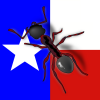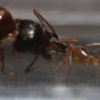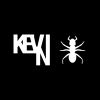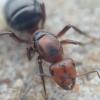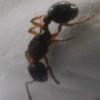I have some questions, as an extreme newbie who doesn't even have an ant yet. The questions feel kind of stupid, but I can't find the answers... SO
Why not hibernate ants in the Freezer for part of their hibernation? tts colder and darker than the fridge, usually they will be desterbed less. I don't know how cold freezers get, but how cold can ants withstand during hibernation-For how long? i know its below freezing, but not by how much.
Why do ants require insects as part of their diet (at least)? can't they get protein from other sources and be just fine?? Can they eat cooked meat? FreezeDried insects?
Are there any size test tubes that most ants can fit well in for founding? I am looking at buying my first test tubes, and I have no idea what size to get-
Use test tubes they say, It'll be fine they say... wouldn't something like this work equally well or better for a large cacophonous P. queen to found in? Or maybe this? (credit to tarheel ants and Aus Ants) Or a homemade one, made out of cork/wood between glass slides?

Also, Where do you get your cotton that you use? I know I have more questions like these, but I can't think of them right now. I will post more as they come to me.





